Growth of the Automotive Sector
The Lubricating Oil Additives Market is closely linked to the growth of the automotive sector, which remains a primary consumer of lubricating oils. As vehicle production and sales continue to rise, the demand for high-quality lubricants and their additives is expected to follow suit. Recent statistics indicate that the automotive industry is projected to grow at a rate of approximately 4% annually, which will likely drive the need for advanced lubricating oil additives that enhance engine performance and fuel efficiency. Additionally, the increasing adoption of electric vehicles is also influencing the market, as new formulations are required to meet the specific lubrication needs of these vehicles. This evolving landscape presents opportunities for the Lubricating Oil Additives Market to innovate and cater to the changing demands of the automotive sector.
Rising Awareness of Equipment Maintenance
The Lubricating Oil Additives Market is benefiting from the rising awareness of equipment maintenance among various industries. As organizations recognize the importance of regular maintenance to prolong equipment life and enhance operational efficiency, the demand for high-quality lubricants and additives is increasing. This trend is particularly evident in sectors such as manufacturing, construction, and agriculture, where machinery reliability is critical. The market for lubricating oil additives is expected to expand as companies invest in premium lubricants that incorporate advanced additives to reduce wear and tear. Furthermore, educational initiatives and training programs aimed at promoting best practices in equipment maintenance are likely to further drive the demand for lubricating oil additives, thereby contributing to the growth of the Lubricating Oil Additives Market.
Increasing Demand for High-Performance Lubricants
The Lubricating Oil Additives Market is experiencing a notable surge in demand for high-performance lubricants, driven by the need for enhanced efficiency and durability in various applications. Industries such as automotive, manufacturing, and aerospace are increasingly adopting advanced lubricants that require specialized additives to improve performance characteristics. According to recent data, the demand for high-performance lubricants is projected to grow at a compound annual growth rate of approximately 5% over the next few years. This trend is likely to propel the Lubricating Oil Additives Market, as manufacturers seek to develop innovative formulations that meet the evolving needs of end-users. Furthermore, the growing emphasis on reducing friction and wear in machinery is expected to further stimulate the demand for high-quality lubricating oil additives.
Regulatory Compliance and Environmental Standards
The Lubricating Oil Additives Market is significantly influenced by stringent regulatory compliance and environmental standards. Governments across various regions are implementing regulations aimed at reducing emissions and promoting the use of environmentally friendly products. This has led to an increased focus on developing lubricating oil additives that not only enhance performance but also comply with environmental regulations. For instance, the introduction of low-SAPS (sulfated ash, phosphorus, and sulfur) additives is becoming more prevalent as manufacturers strive to meet the requirements of modern engines. The market for such additives is expected to expand, as compliance with these regulations is essential for manufacturers to maintain market access and competitiveness. Consequently, the Lubricating Oil Additives Market is likely to witness growth driven by the need for innovative solutions that align with regulatory frameworks.
Technological Innovations in Additive Formulations
Technological innovations play a pivotal role in shaping the Lubricating Oil Additives Market. The continuous advancement in chemical engineering and formulation technologies has led to the development of novel additives that enhance the performance and longevity of lubricants. Innovations such as nanotechnology and bio-based additives are gaining traction, offering improved properties such as better thermal stability and reduced environmental impact. The market for these advanced formulations is projected to grow, as manufacturers seek to differentiate their products in a competitive landscape. Moreover, the integration of smart technologies in lubricant formulations is emerging, potentially revolutionizing the Lubricating Oil Additives Market by providing real-time monitoring and performance optimization. This trend indicates a shift towards more sophisticated and efficient lubricant solutions.
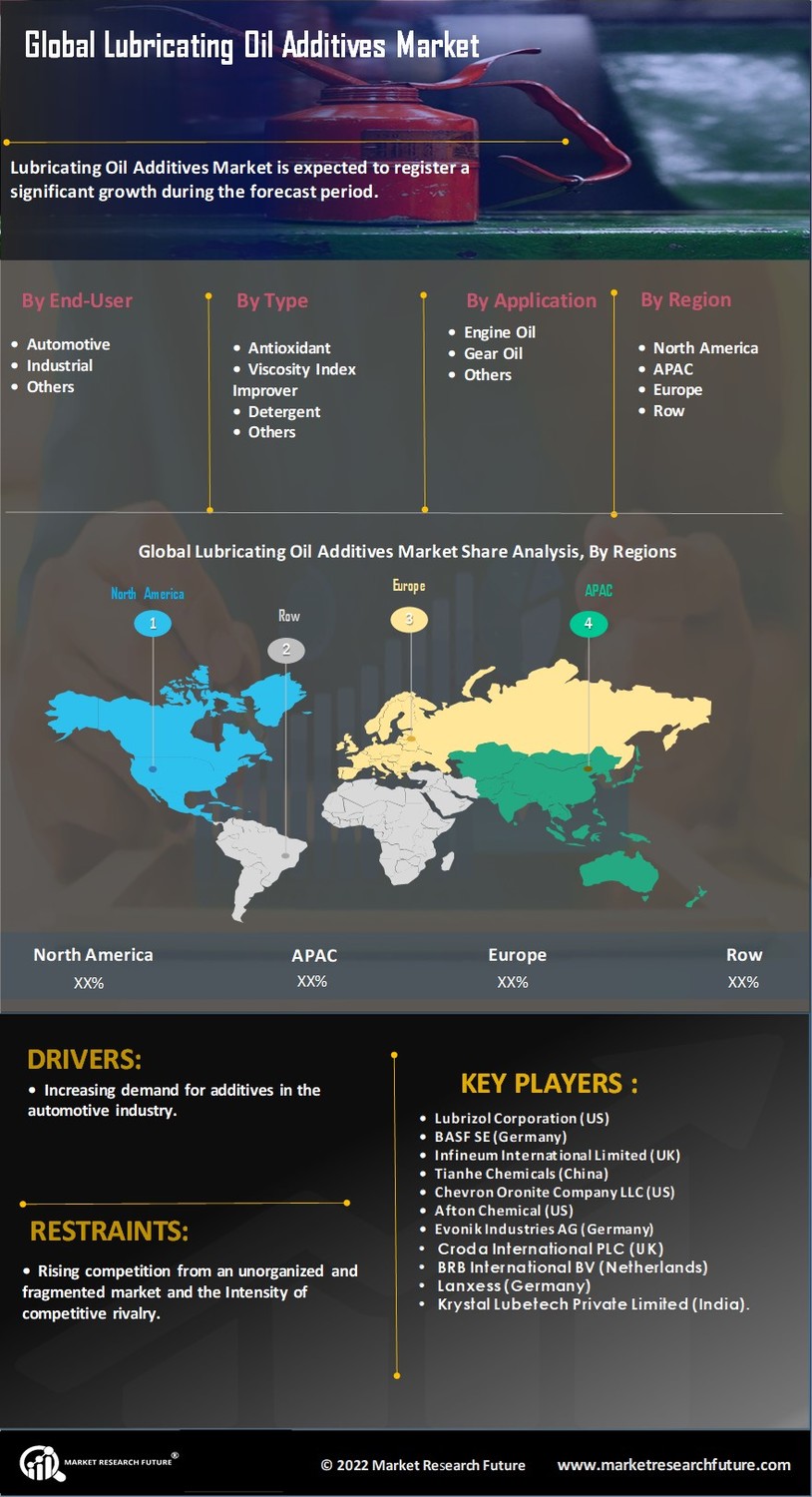

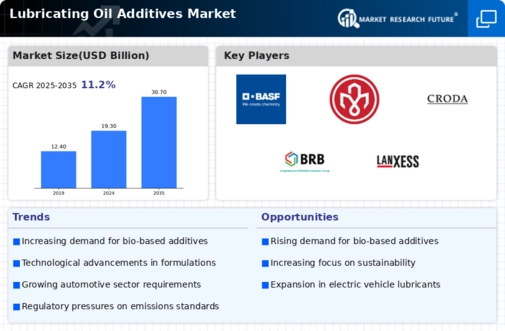
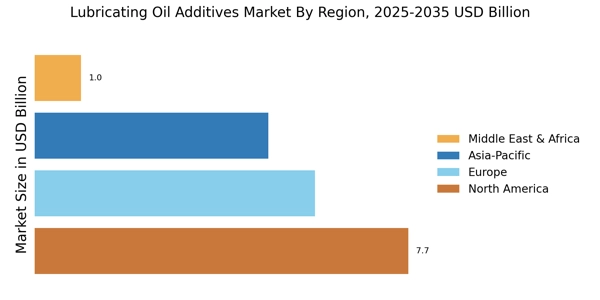
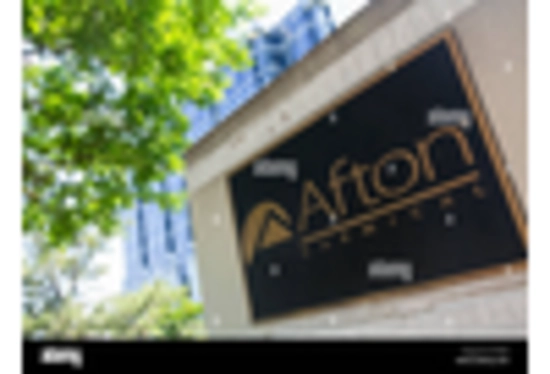

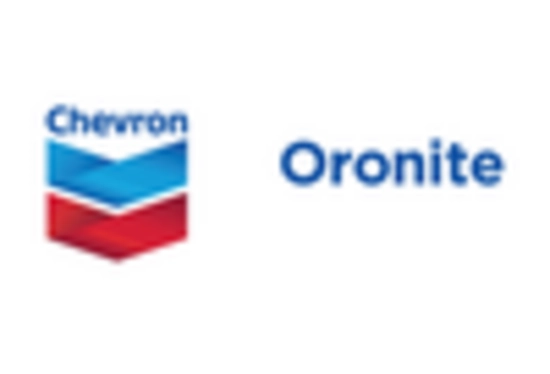

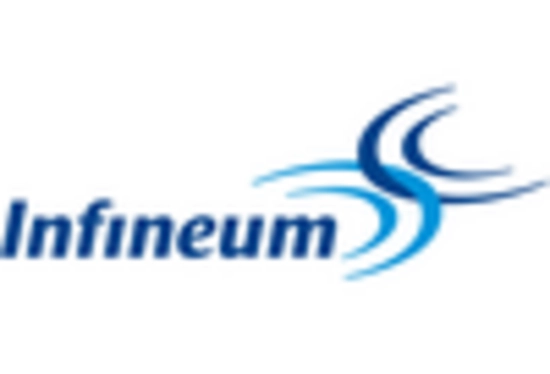
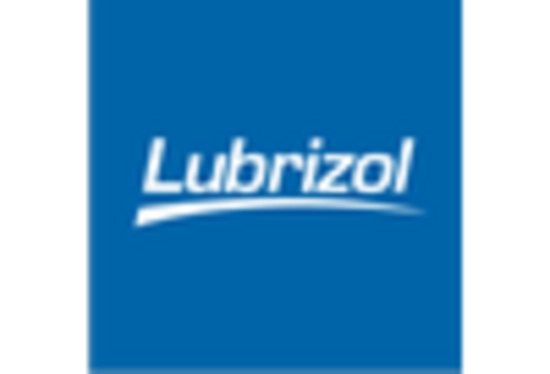








Leave a Comment